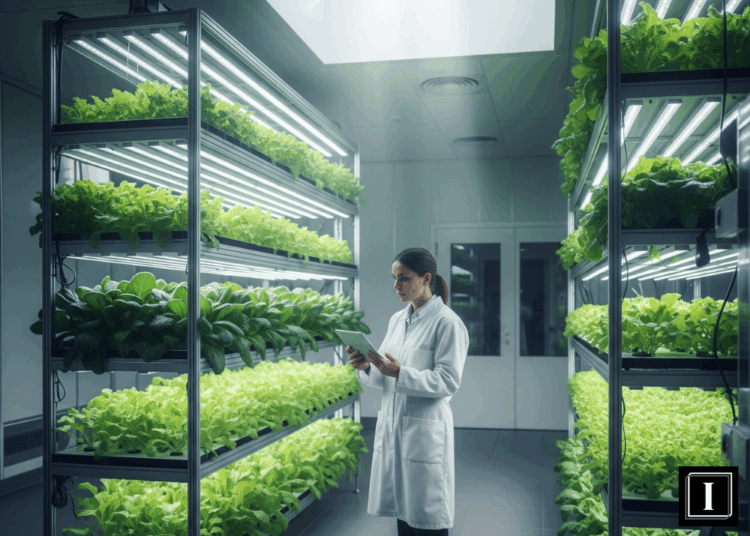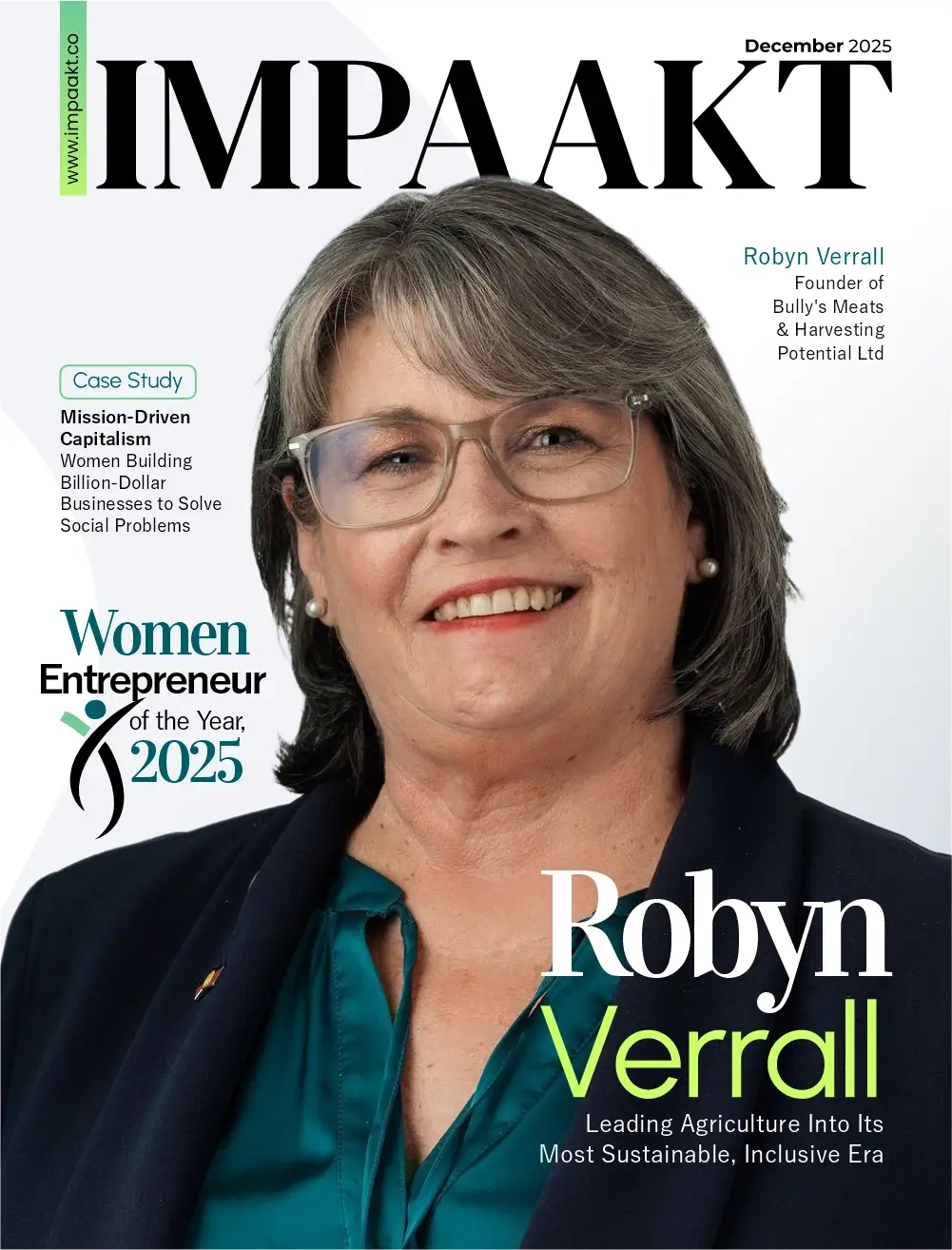Introduction: A New Era of Food Production
The global food system is at a critical turning point. With climate change, population growth, and resource constraints pressing harder than ever, traditional farming models are proving unsustainable. In response, a new wave of innovation is rising — driven by agritech startups that are reimagining how food is grown, distributed, and consumed. At the core of this transformation is vertical agriculture farming, an approach that promises to redefine the future of agriculture.
The Rise of Vertical Agriculture Farming
Vertical agriculture farming is a revolutionary method that involves cultivating crops in vertically stacked layers, often using hydroponic or aeroponic systems. This model is designed to maximize space usage, reduce water consumption, and eliminate the need for harmful pesticides.
Startups like AeroFarms and Plenty are leading the way, showing how vertical agriculture farming can produce more food using fewer resources and without arable land. These companies are building high-tech indoor farms in urban centers, reducing the distance between production and consumption. The result? Fresher food, faster delivery, and a smaller carbon footprint.
Smart Farming and IoT in Agriculture
Another major force reshaping food systems is smart farming, powered by advanced data analytics and the IoT in agriculture. Smart sensors track everything from soil moisture to plant health, allowing real-time monitoring and decision-making.
These tools are especially beneficial when integrated into vertical agriculture farming systems. By using IoT sensors to control light, temperature, and nutrients, farmers can fine-tune conditions for maximum yield. This precision reduces waste and improves food quality — key concerns in modern agriculture.
Startups like CropX and Arable are creating intelligent systems that help farmers make data-driven decisions, proving that digital transformation is not just for big tech — it’s the new normal in agriculture.

Agritech Startups Disrupting Traditional Models
At the heart of this movement are agritech startups that blend innovation with sustainability. From AI-driven farming robots to blockchain-enabled food traceability, these startups are attacking inefficiencies in the food supply chain.
In the context of vertical agriculture farming, agritech innovators are building modular farms that can be set up almost anywhere — from warehouses in New York to containers in Nairobi. The ability to grow food in urban or resource-limited areas makes vertical farms a promising solution to food insecurity and climate volatility.
Smart Agriculture for a Sustainable Future
Smart agriculture is not just about gadgets — it’s about rethinking how food is produced at every level. Whether it’s reducing water use, minimizing chemical inputs, or optimizing logistics, smart agriculture uses technology to meet the demands of a growing planet.
Vertical agriculture farming is an integral part of this vision. Because it operates in controlled environments, it eliminates many of the variables that lead to crop failures in traditional farming — drought, pests, and erratic weather. That stability is invaluable, especially in a world facing increasing ecological uncertainty.
Urban Integration and the Growth of Vertical Farming
The integration of vertical agriculture farming into urban environments is a game-changer. Cities are turning to rooftop farms, vertical greenhouses, and indoor plant factories as sustainable alternatives to long-haul food supply chains.
Startups like Infarm are installing mini-vertical farms in grocery stores and restaurants, allowing consumers to literally pick their food where it grows. This hyper-local approach drastically reduces transport emissions and spoilage, making it both eco-friendly and efficient.
Challenges and the Road Ahead
While vertical agriculture farming offers immense promise, it’s not without its challenges. High startup costs, energy consumption, and the need for skilled labor can be barriers to scale. However, continuous innovation and investment are driving down costs and improving system efficiency.
Governments and investors are taking notice, with increased funding going into agritech startups and smart farming infrastructure. As technology matures, vertical farming will likely become more accessible — not just in wealthy urban centers, but globally.
Conclusion: The Future is Upward
The disruption of food systems is no longer a distant idea; it’s happening now. Startups are spearheading a revolution through vertical agriculture farming, smart farming, and IoT in agriculture. These innovations are enabling more sustainable, resilient, and equitable food production systems that can withstand the pressures of the 21st century.
From farm to future, the direction is clear — and it’s upward.
Explore more breakthrough innovations reshaping global food systems on IMPAAKT, your top business magazine for sustainable impact stories.











